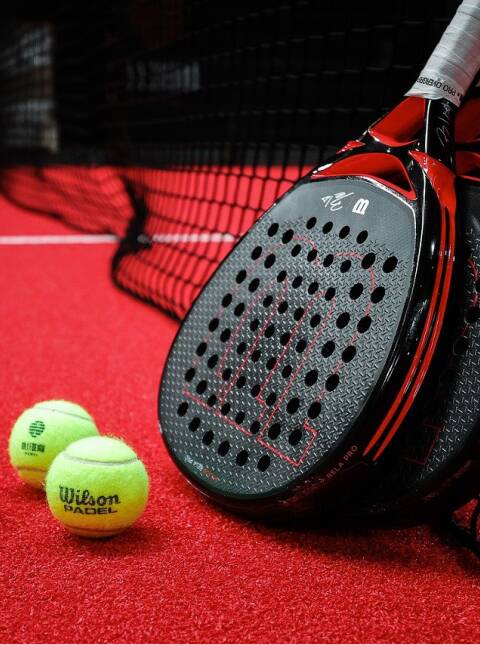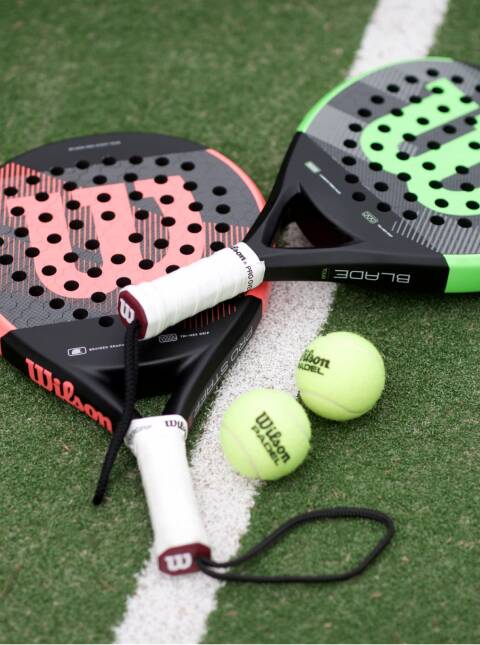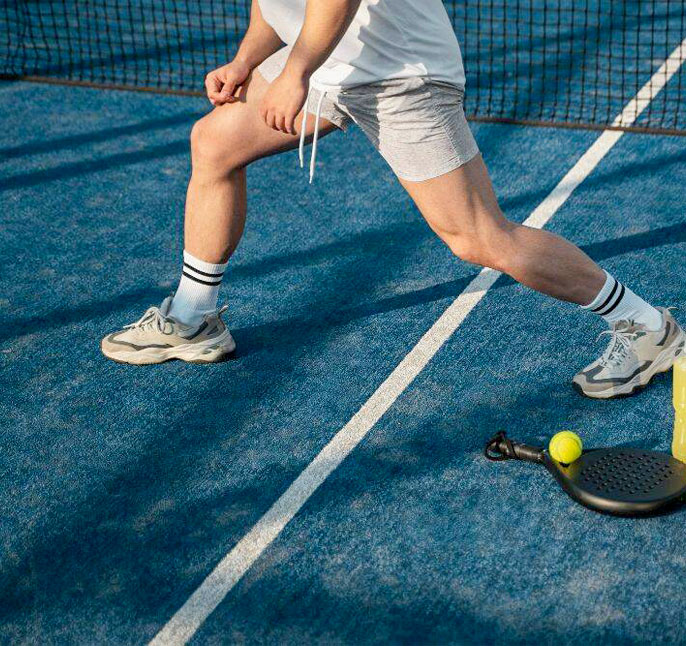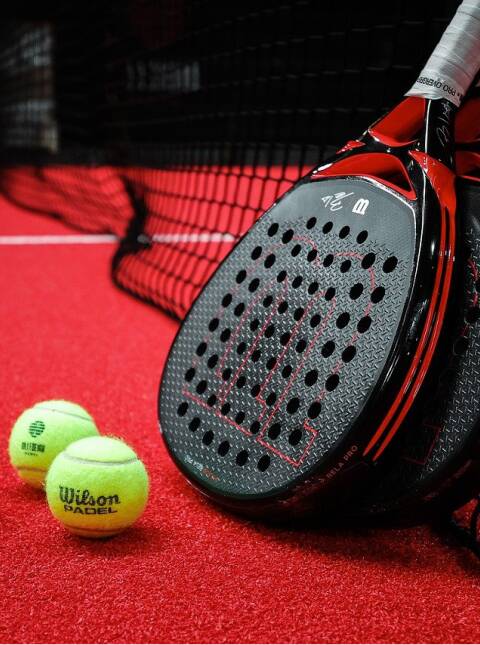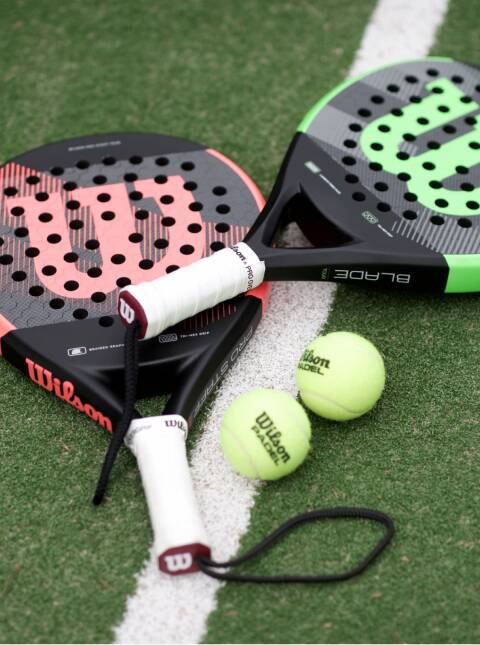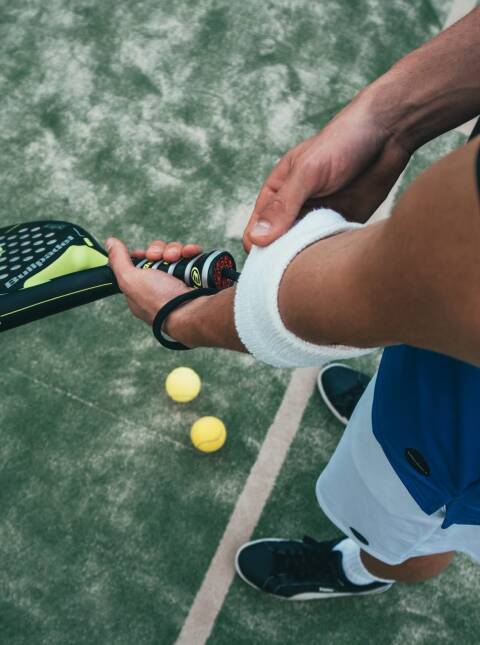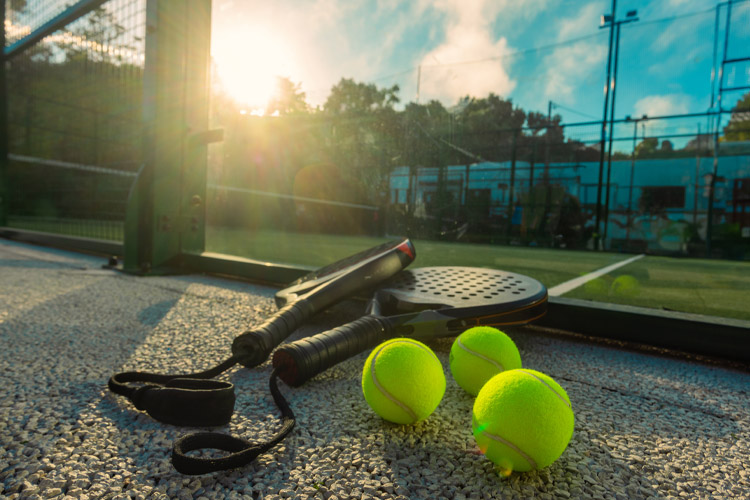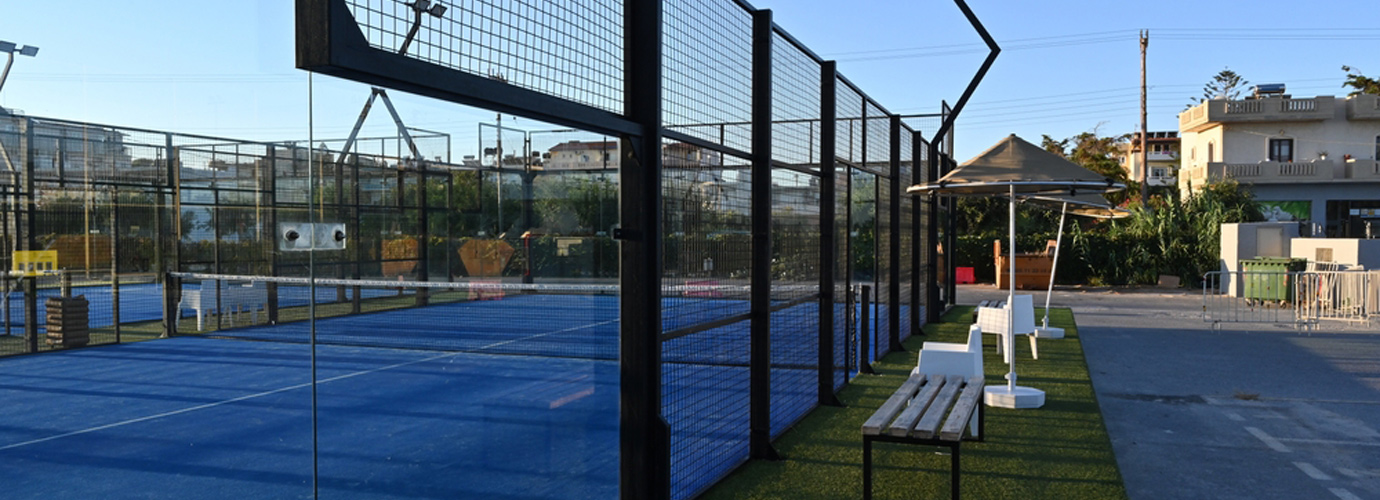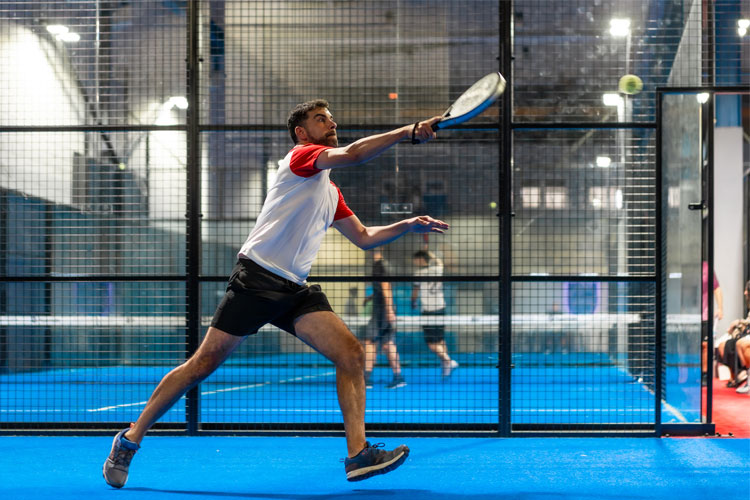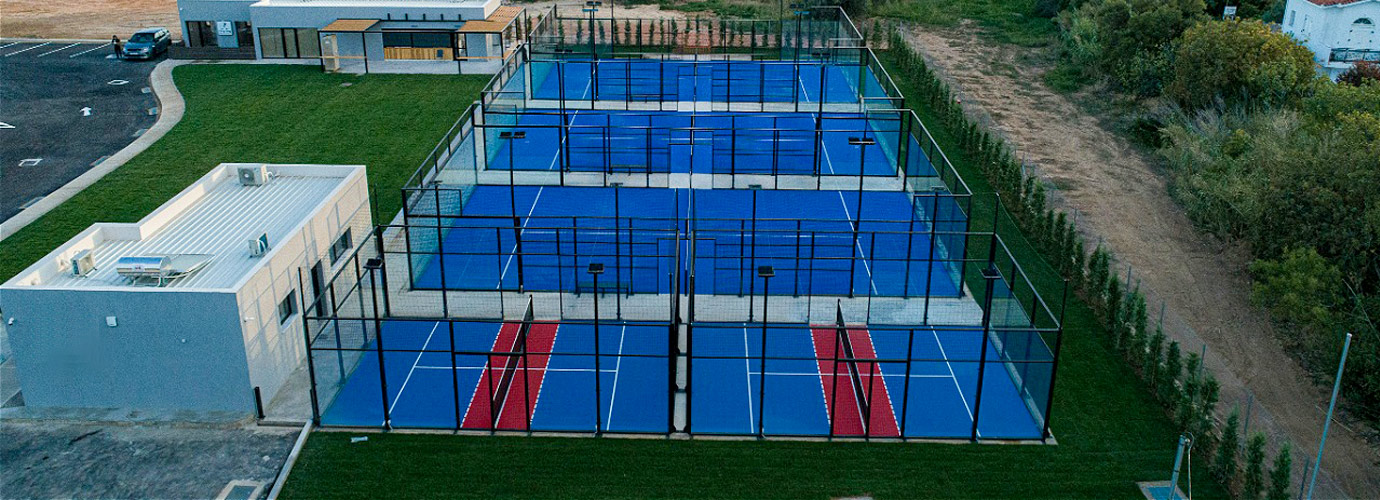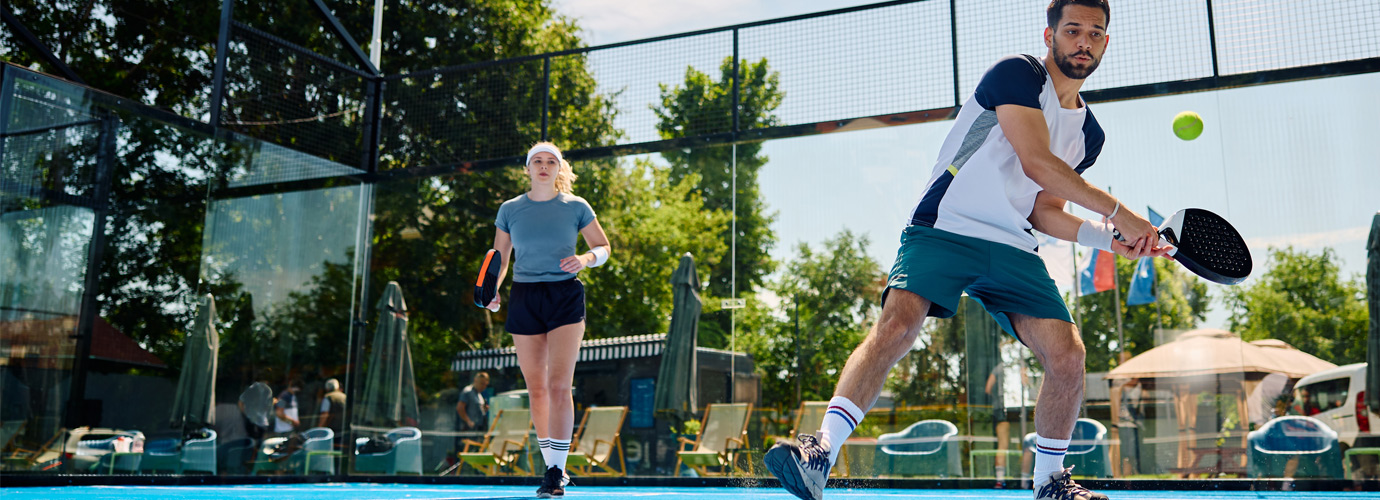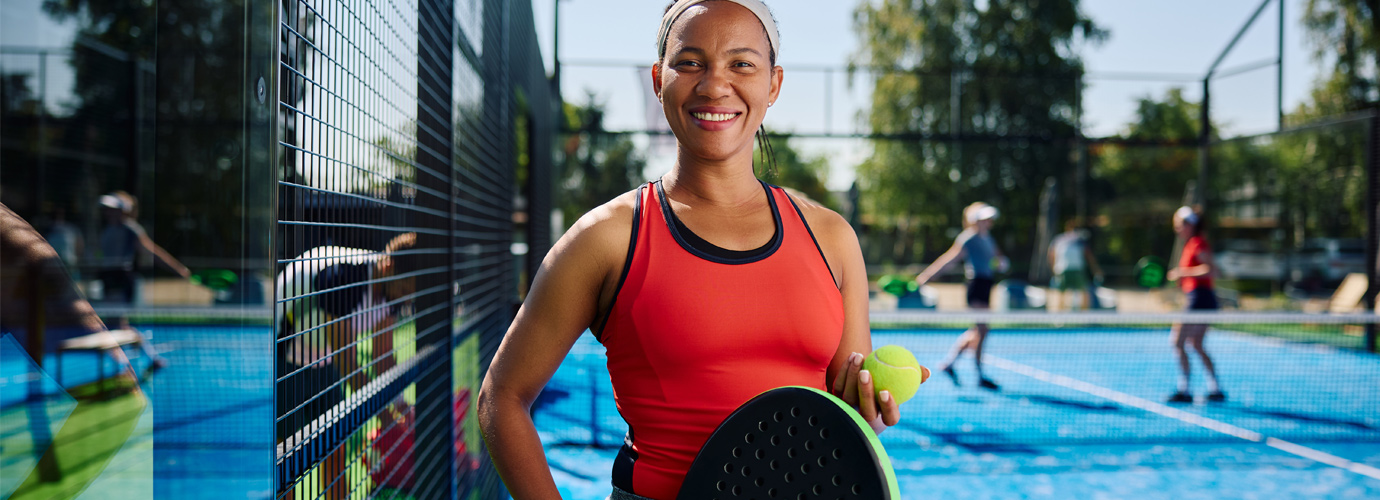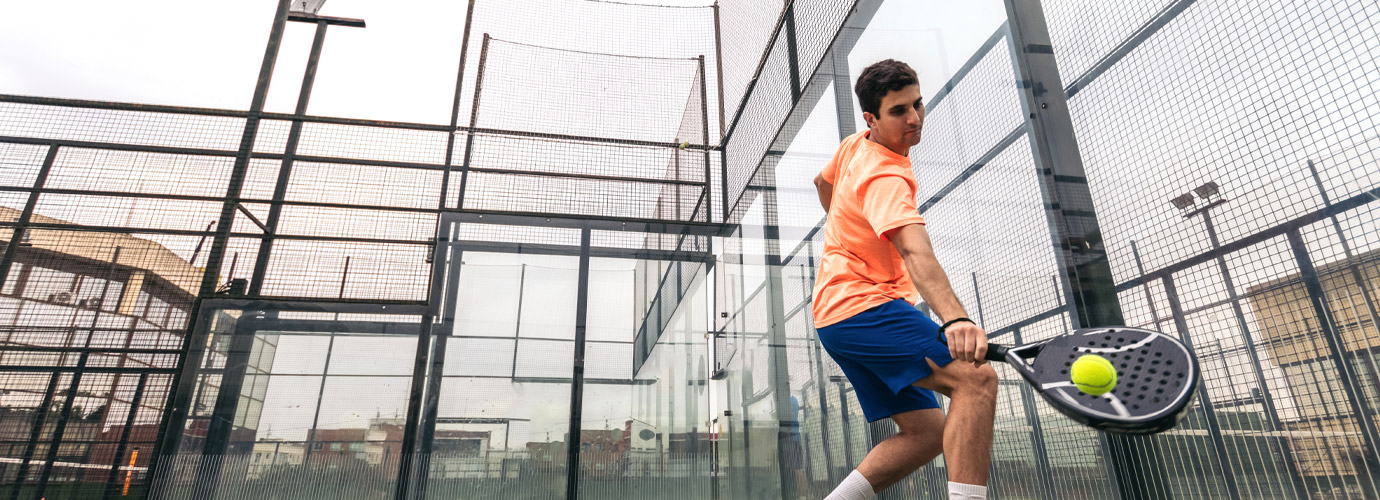
11.09.2024
Differences Between Padel and Padel Tennis
Padel is a racket sport that has gained rapid popularity worldwide in recent years. It stands out for its fun and strategic aspects. However, many people think that the terms "padel" and "padel tennis" refer to the same thing when they hear them. In fact, there are significant differences between these two sports.
Table of Contents:
What Are Padel and Padel Tennis?
Padel: Padel is often described as the "younger sibling of tennis." This sport can be considered a mix of tennis and squash. It is played between four players in pairs or singles on a 20x10 meter court, or in custom sizes upon request, surrounded by glass and wire mesh. The ball can bounce off the walls, adding variety to the game strategies. Padel is extremely popular in Spain and Latin America, but it has been rapidly spreading to Europe and other continents in recent years.
Padel Tennis: Padel tennis has more in common with tennis. Although often confused with padel, it is more similar to traditional tennis in terms of playing surface, rules, and gameplay. Padel tennis is considered closer to classic tennis and is typically played on larger courts.
1. Court Dimensions and Design
One of the most notable differences between padel and padel tennis is the size and design of the courts.
- Padel Court: A padel court is 20x10 meters, making it relatively small. The court is surrounded by glass and wire mesh, which means that balls can bounce off the walls and remain in play. Since the padel court is much smaller than a tennis court, the game is faster and more dynamic. The small size and walls also require players to think strategically on the court.
- Padel Tennis Court: A padel tennis court is more similar to traditional tennis courts. It is larger, and walls do not play a role in the game. Therefore, padel tennis is more akin to tennis matches played in open spaces, where players have more room to move, and the ball must remain within the lines without hitting walls.
2. Differences in Rackets and Equipment
Another significant difference is the equipment used in padel and padel tennis.
- Padel Rackets: Padel rackets are quite different from tennis rackets. They are short-handled with perforated surfaces. These holes make the racket lighter and allow for more controlled shots. Padel rackets are more compact and flexible, making it easier for players to move quickly and accurately in tight spaces.
- Padel Tennis Rackets: The rackets used in padel tennis are more similar to classic tennis rackets. They have a larger head, a longer handle, and a stringed surface, allowing for more powerful shots. Since padel tennis is played on a larger court, it is easier to make powerful shots over long distances with these types of rackets.
3. Game Rules
While the rules of both sports are similar, there are some fundamental differences.
- Padel Rules: Padel is played in pairs, and the service line is different from that of a tennis court. When serving, you must bounce the ball on the ground before hitting it. Additionally, in padel, the ball can hit the wall and remain in play, requiring strategic game planning. A match typically consists of six games in a set, and a two-game difference is required to win a set.
- Padel Tennis Rules: The rules of padel tennis are closer to those of tennis. Players need to cover more ground on a larger court, and the ball must stay within the lines. Serving is done directly to the opposite side, as in classic tennis, and if the ball hits any wall, it is out of play. Padel tennis matches also consist of six games per set, with a two-game margin needed to win.
4. Playing Style and Strategies
The playing styles of padel and padel tennis differ due to differences in court size and equipment.
- Padel Playing Style: Padel is a faster and more strategic game. The small court size and wall bounces require players to constantly watch the ball and react quickly. Balls bouncing off the walls can quickly move in unexpected directions, making it essential for players to stay alert. Strategically, finding the opponent's weak points and directing the ball at good angles is crucial.
- Padel Tennis Playing Style: Since padel tennis is closer to classic tennis, it can involve longer rallies and powerful shots. Players have more space to move on a larger court, allowing them to make powerful swings with their rackets. This sport requires more physical endurance, as players are constantly trying to cover a larger area.
5. Physical Challenges and Player Profile
Both sports require physical endurance, but they present different physical challenges due to their playing styles and court sizes.
- Padel: Padel is played on a smaller court, so it doesn't require as much running, but quick reactions and strategic thinking are key. For this reason, padel can be played easily by players of all ages. Additionally, correctly evaluating bounces off the walls and reading the opponent's movements are crucial parts of the game.
- Padel Tennis: Padel tennis, played on a larger court, requires more running and is physically more demanding. Making powerful shots and controlling the speed and direction of the ball require more muscle strength and endurance. Padel tennis players are generally more athletic and can maintain high energy levels throughout the game.
